Amidst the tranquil beauty of the Wisconsin countryside, the weathered gravestones of the Garden Valley Smallpox Cemetery are a silent witness to the lives lost and the sorrow endured by the survivors of the smallpox epidemic that spread through Wisconsin beginning in 1872. Uncovering the truth about who is buried there has proven to be complicated at best due to several unmarked graves, but the stories of the people who lie beneath markers with their names engraved on them show us how deeply this community was intertwined.
The Garden Valley Smallpox Cemetery was established in 1873, near the end of an outbreak of the disease that affected every home in the community. Among the names etched into the weathered gravestones are those of Isaac and Eliza House, Samuel Peters, Roxanne Edmonds, and Nancy Elizabeth (House) Monroe.

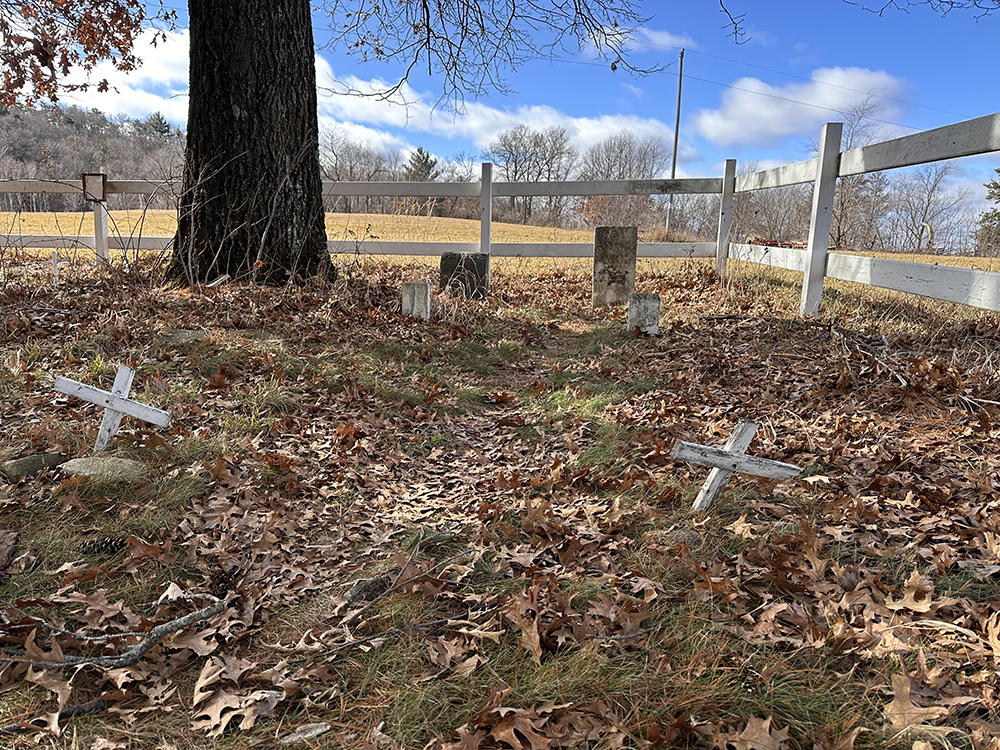
Smallpox spreads quickly
Isaac and Eliza moved to the area in 1860. They had three children: a son who died young and two daughters. During the outbreak, Isaac and Eliza had one young daughter named Helen still at home; the other, Nancy Elizabeth, was just 16, newly married, and living with her husband Levi Monroe.
Eliza was the first to feel sick, then Isaac fell ill. They didn’t know they had smallpox or they would never have let their neighbor, Rachel Ann Peters, stop by in the early days of their illness to provide comfort and care. Once the illness was identified, the House farm was quarantined.
Without knowing it, Rachel Ann brought smallpox into the home she shared with husband, Samuel, and their five youngest children. Their older children had homes of their own and were warned to stay away.
Their daughter Cynthia had recently married Seth Monroe and had a two-year-old at home and another child on the way. It’s unclear where Seth picked up the illness, but he also became sick. Ann and Samuel’s farm was quickly quarantined, as was Cynthia and Seth’s house.
Meanwhile, over at the Monroe farm, Roxanne Edmonds was in town visiting her mother Julia and step-father John Monroe. Julia had already lost two husbands prior to the epidemic hitting Garden Valley. The first got lost and froze to death while getting medicine for his family in a blizzard and the other died in Andersonville Prison during the Civil War.
The Monroes had older children, so just two or three were still living at home. It was a surprise when Roxanne fell ill, but nonetheless, the Monroe house was quarantined along with several others in the community to prevent the illness from spreading further.
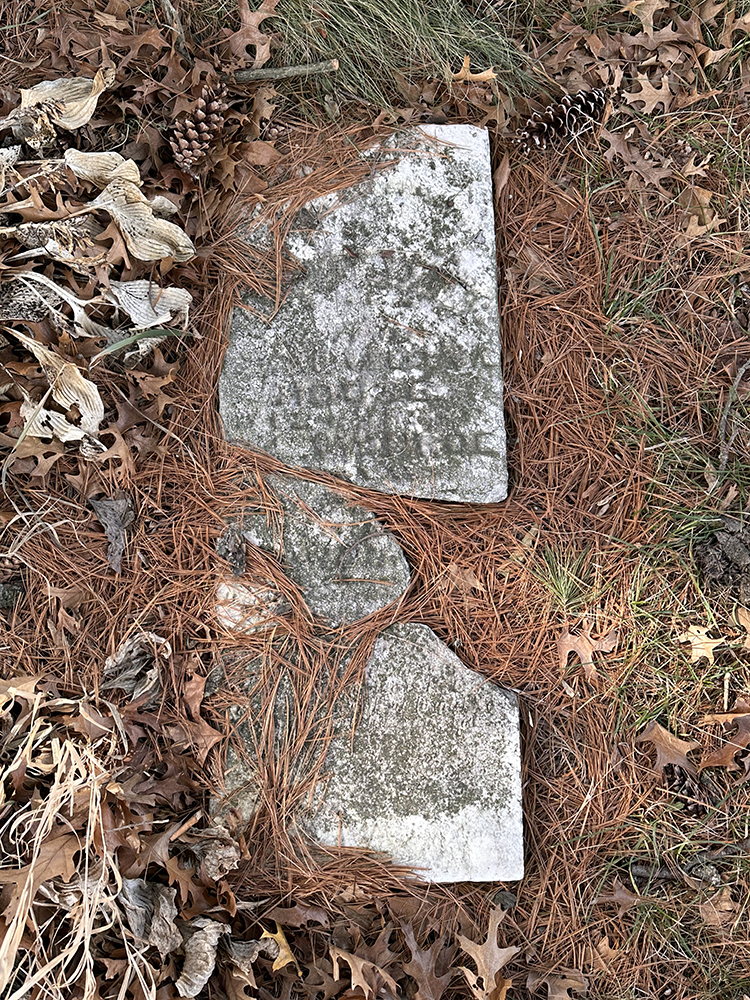
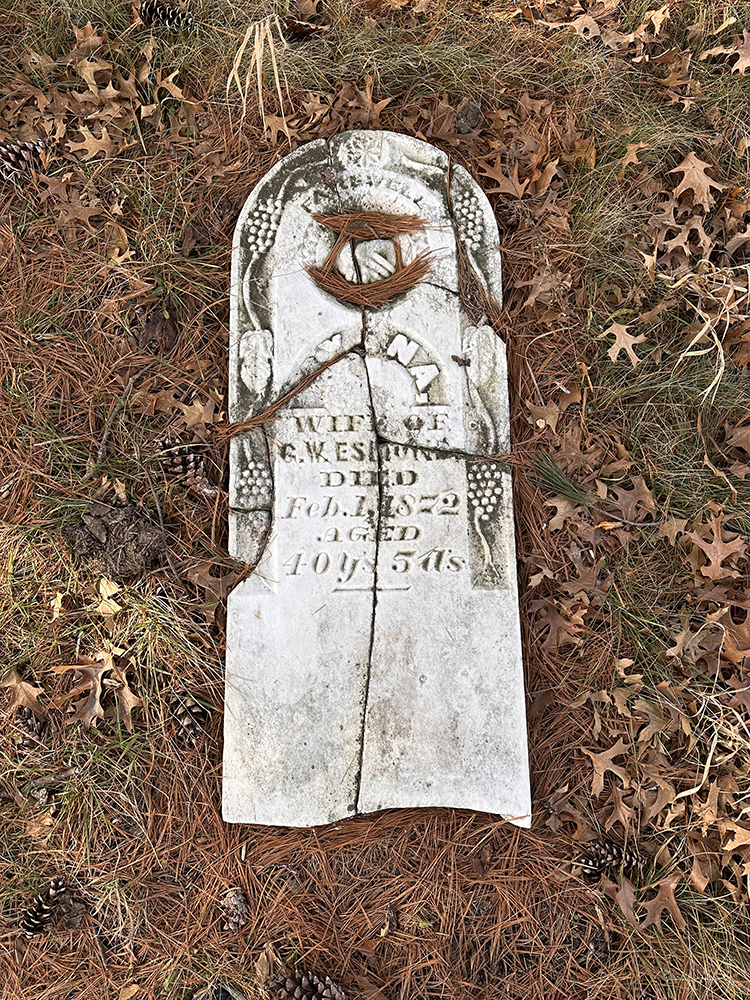
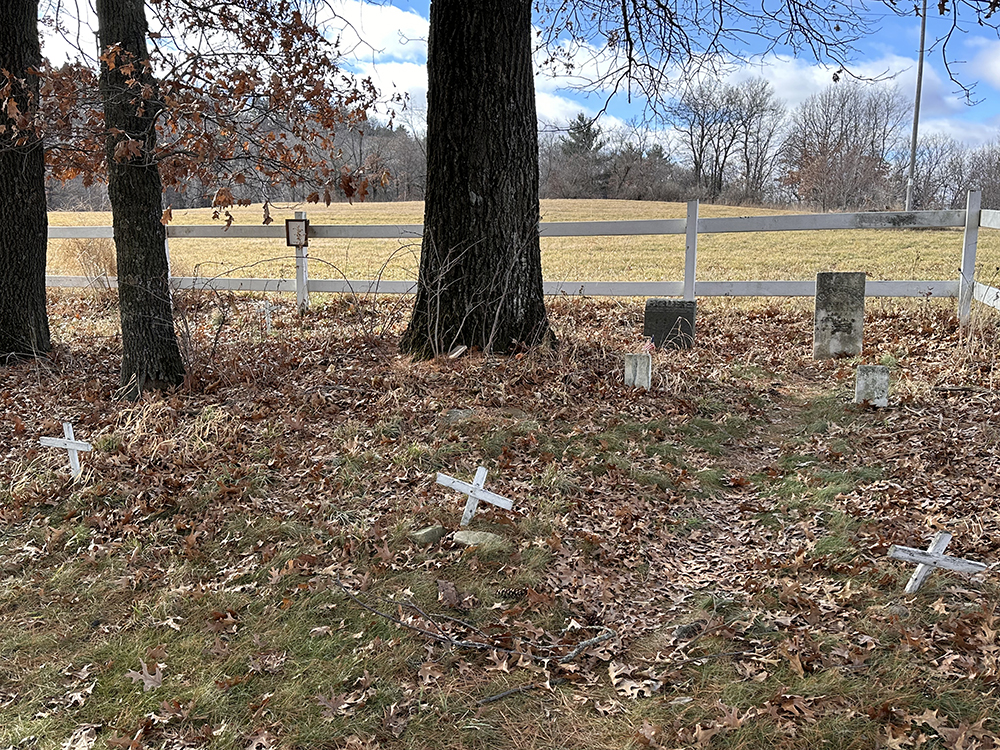
Lives cut short
Many members of these families succumbed to smallpox within a few short weeks. Isaac House died, but Eliza and their youngest daughter, Helen, survived. Their daughter, Nancy Elizabeth, also died. It’s unclear if her husband Levi survived — I wasn’t able to find a death notice or records indicating he lived.
The House’s kind neighbors Samuel and Rachel Ann Peters also died, along with their son-in-law Seth Monroe. Seth left behind a toddler and wife who was eight months pregnant. Seth’s step-sister, Roxanne Edmonds, died as well.
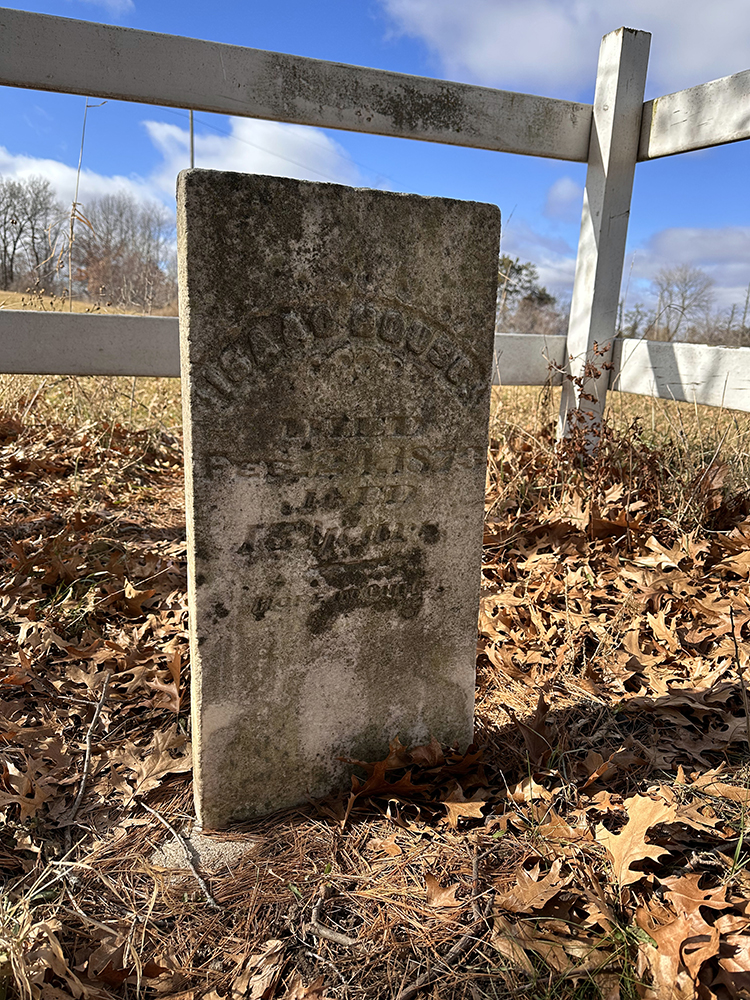

A new cemetery is established
Graves were dug during the day at a nearby plot of land set aside for victims of the illness by neighbors who were thankfully still healthy. The dead were carried, often by sick but still mobile neighbors, to the waiting graves in the middle of the night and quickly buried.
If they were able, families placed stone markers over the graves of their loved ones. Many could not, likely because children lost parents and moved elsewhere to grow up, wives lost husbands along with the financial security of marriage, or reasons we can’t comprehend more than 150 years later.
There are reportedly 12 graves in the little smallpox cemetery. We know with certainty that Isaac House and his daughter, Nancy Elizabeth House Monroe are buried there because they both have stone markers, as does Roxanne Edmonds. Eliza House, wife of Isaac and mother of Nancy Elizabeth, was buried next to her husband when she died in 1904 and has a headstone.
Almost certainly buried there but with no permanent marker are Seth Monroe, and Samuel and Rachel Ann Peters. Online sources say that Jefferson “J.J.” Blakely is also buried there. He had no obvious ties to the area, but could have been visiting friends or relatives at the time he became ill. He was 21 when he died.
So that leaves four graves with people whose stories are forgotten to time. There’s speculation that these graves could belong to children in either the Peters or Monroe families. We know that children were often the victims of smallpox because their little bodies had a tougher time fighting the disease. With no known children buried here, it’s a logical conclusion, but one that I couldn’t find evidence to support. I hope that someday soon, with more research and awareness, we’ll have answers to who those people are.
For now, each grave without a permanent marker is marked with a small wooden cross painted white. The cemetery is maintained by its neighbors. You can find the cemetery on Hixton Levis Road near Northfield, Wisconsin.
